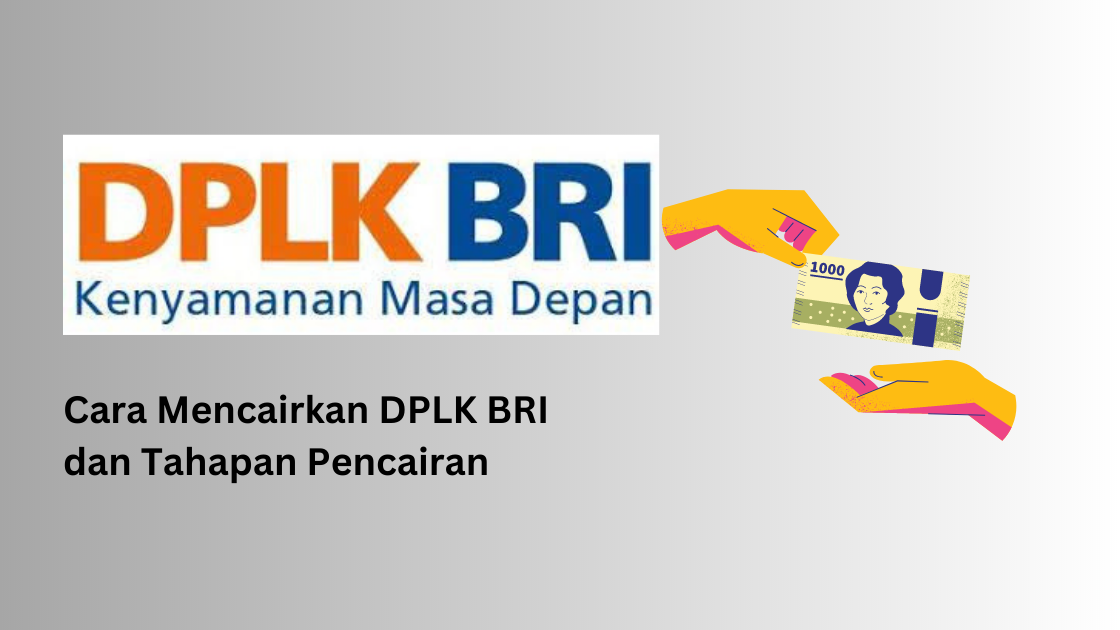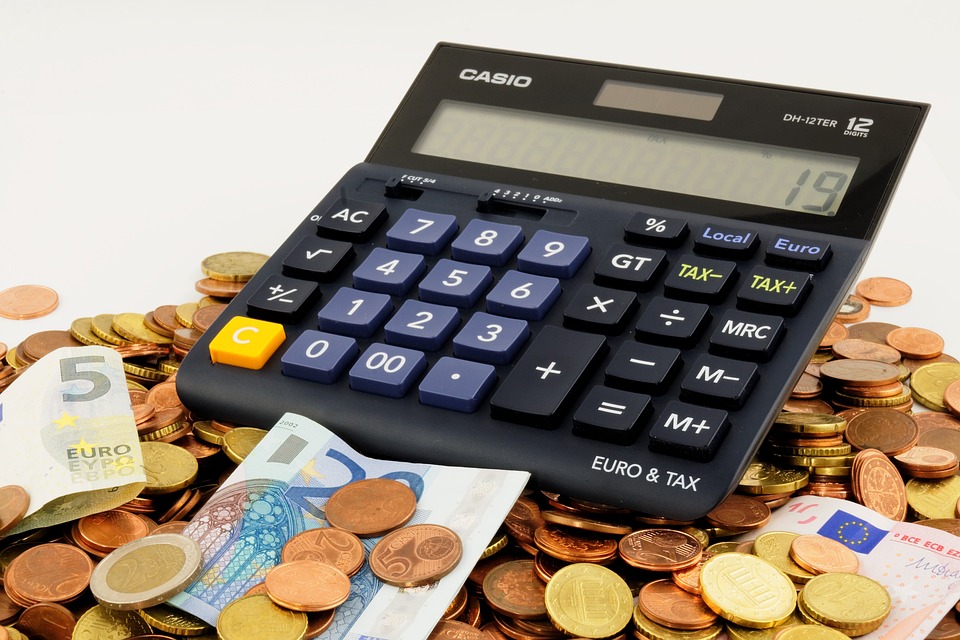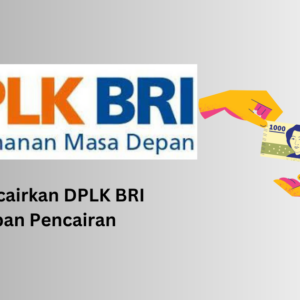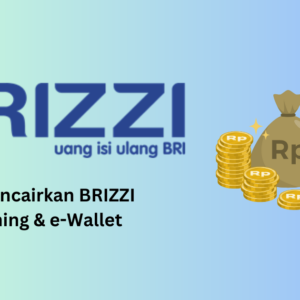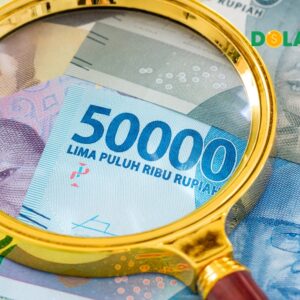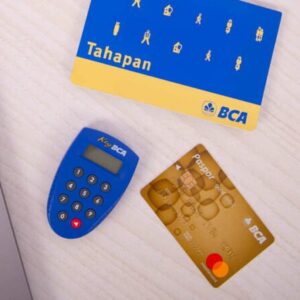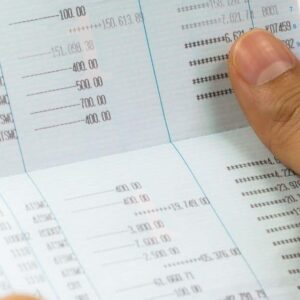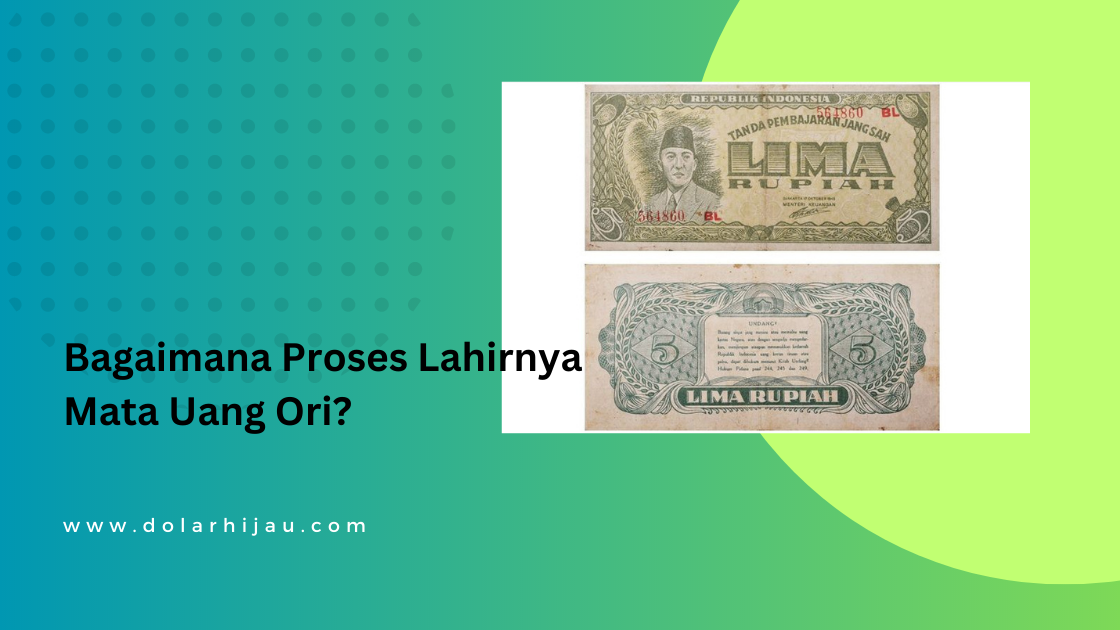
Artikel diperbarui pada 24 June 2024.
Ori currency is an official medium of exchange issued by the government of a country and recognized as legal tender. Usually, Ori currency consists of banknotes and coins. The main function of Ori currency is as a medium of exchange in economic transactions, both for buying goods and services. In addition, Ori currency also serves as a unit of value and a marker of wealth. With Ori currency, people can assess the price of a good or service and make transactions more easily. The history of Ori currency starts from ancient times when humans still used the barter system to make transactions. However, the barter system is inefficient because it is difficult to determine a fair exchange rate between the two goods being exchanged. Therefore, people began to look for a more practical means of exchange that was easily accepted by all parties. At first, the medium of exchange used was precious metals such as gold and silver that had intrinsic value. Then, the government began to create metal and paper currencies that were guaranteed by the value of these precious metals. The Ori currency manufacturing process involves several stages that aim to produce a final product that is quality, durable, and safe from counterfeiting. The following is a description of the Ori currency manufacturing process from design, raw material preparation, printing, quality inspection, to distribution and circulation. Ori currency design starts with a concept that reflects the identity and characteristics of the issuing country. It usually involves a team of designers creating illustrations, symbols, and other visual elements relevant to the country’s history, culture, or important aspects. The design should also consider security features that are difficult to counterfeit, such as color-changing ink, holograms, and microprint elements. The raw materials used to create Ori currency must be of high quality and durable. Paper money is usually made from a mixture of cotton fibers and cellulose fibers, while metal money is made from mixed metals such as nickel, copper, and zinc. These materials are chosen because they have characteristics suitable for printing currency, such as water resistance, durability, and difficulty to counterfeit. Once the design and raw materials are ready, the printing process begins. For banknotes, an intaglio printing technique is used, where ink is pressed into the surface of the paper through a printing plate that has a relief design. This technique produces a distinctive texture on banknotes and is difficult to counterfeit. As for metal money, the printing process involves forming the metal in a mold that has a design and high pressure to produce sharp details. Once the printing process is complete, Ori currency will undergo quality checks to ensure there are no defects or errors in the production process. This includes visual inspection, water and abrasion resistance testing, and security feature checks. Currency that does not meet the quality standards will be destroyed and will not be circulated. Once the production process and quality checks are complete, Ori currency is ready to be distributed to financial institutions and circulated to the public. Distribution usually involves the country’s central bank which regulates the amount of currency in circulation according to the needs of the economy and monetary stability. The distribution process involves transporting Ori currency to commercial banks, which will then sell it to the public through their branch networks. At this time, Ori currency began to be used as a means of transaction and payment in everyday economic activities. The birth process of Ori currency involves various careful and controlled stages to produce money that is safe, durable, and difficult to counterfeit. Starting from the design that reflects the country’s identity, the selection of quality raw materials, the printing process with special techniques, quality checks, to distribution and circulation, each stage has an important role in creating a currency that can be relied upon as a means of transaction and payment. By understanding this process, we can better appreciate the value and importance of Ori currency in our daily economic lives.History of ORI Currency
ORI Currency Creation Process
1. Design and Concept
2. Raw Material Preparation
3. Print and Printing
4. Quality Inspection
5. Distribution and Circulation
Conclusion
